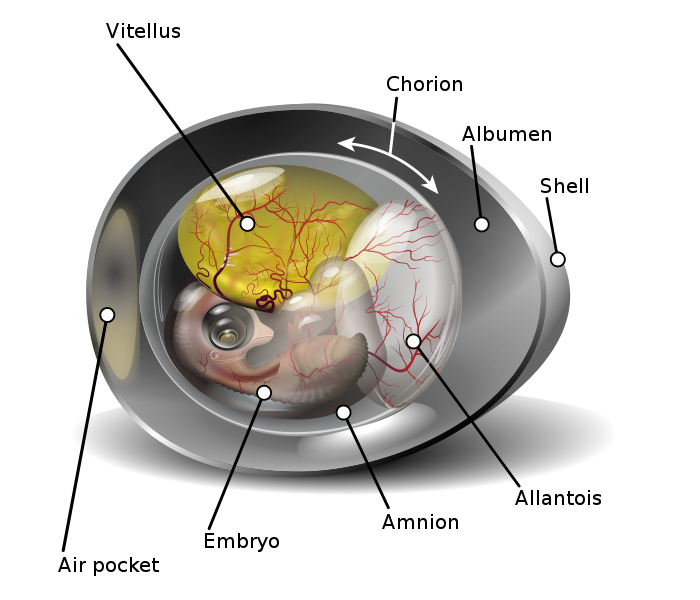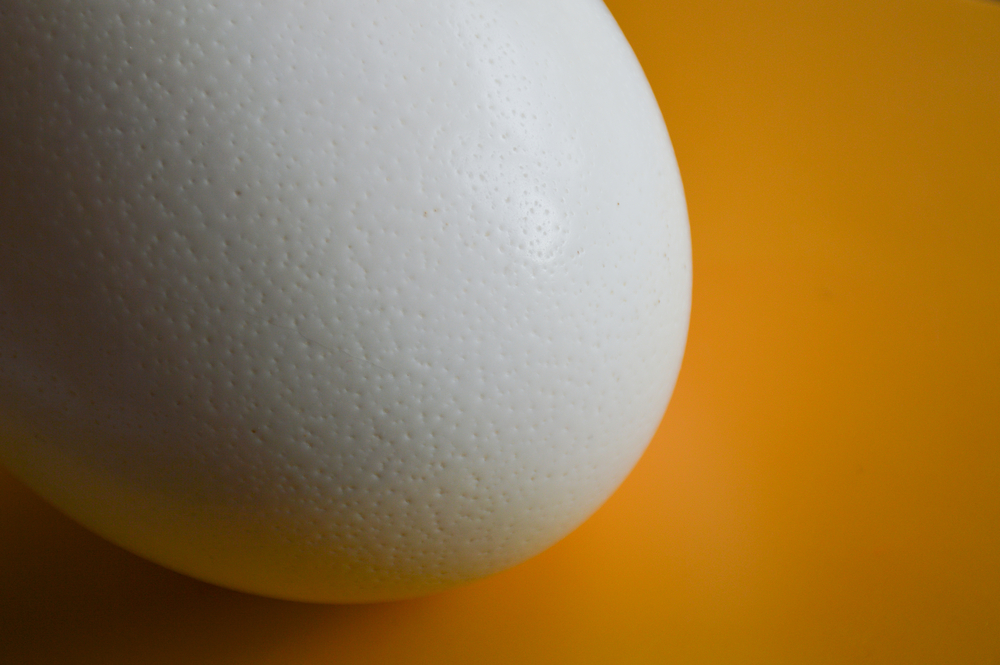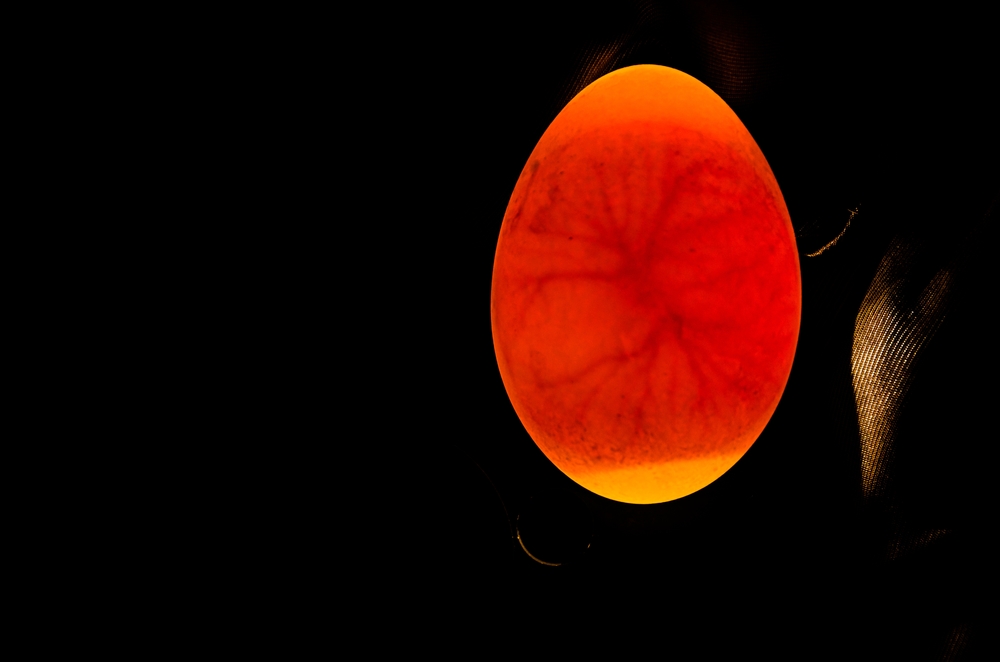The Float Test, according to the the internet, is one of the best ways to determine if your eggs are still fresh. But is it really accurate? Well, yes and no.
The Float Test is a simple and easy way to check the freshness of an egg. You place the egg in question gently into a bowl, glass or bucket of water and watch what it does. Fresh eggs sink, while old eggs float. Simple! What a relief to have an objective way of determining the outcome of your breakfast.
Of course, as a man of science, I had to find out why.

What Makes Old Eggs Float?
Egg contains albumin (the white), yolk, and a very small air pocket, all of which contribute to its mass. The air pocket in a fresh egg is thinner than 3.175mm. A common misconception is that the presence of an air pocket in the egg causes it to float. However, if that were the case, even fresh eggs would float.

If we were to place a fresh egg in water, it would instead sink to the bottom. This is because a fresh egg’s density is greater than that of water. Density equals mass divided by volume. As the mass of the egg is greater, so is the density.
Now, in an older egg, the yolk and the whites start to decompose, and some of this mass gets converted to gas. Thus, in older eggs, the air pocket becomes larger because it contains more gas.
Also Read: What Happens When An Egg Is Boiled?
So, A Larger Air Pocket Is Why Older Eggs Float?
Curiously, no. The actual answer lies in the shell.
Did you know that the shell of an egg is porous, and these pores help in the exchange of gases during development? This allows some of the gases in the air pocket to escape. One could argue that this could allow some air/gas to enter the egg, which is partially true. Ultimately though, the amount that escapes is larger than the amount that enters, decreasing the overall mass of the egg.

Now, let’s walk back to the previous formula for density. The volume of the egg remains more or less constant because of the shell. However, as some gas escapes it, the overall mass of the egg becomes less than water. Hence, the density of the egg also becomes less than that of water, which is why an older egg floats in water.

A common flaw of reasoning is to think that the larger air pocket gives the egg buoyancy. Even though older eggs have larger air pockets, gas has mass too, so even if the amount of gas in the egg increases, the overall mass of the egg remains the same.
Also Read: How Do Baby Birds Get Oxygen Inside Their Eggs?
Does This Mean That (Egg) Floaters Are Bad?
Even if you were diligent enough to refrigerate your eggs as soon as you got them, there’s a chance they might still fail the float test. This is because, over time, some of the water content in the egg evaporates and escapes through the pores.
So, the float test only comments on the freshness of the egg. An older egg that fails this test isn’t necessarily bad for consumption, it’s just not fresh.
Interestingly, studies have shown that the float test can also tell you the age of a fertilized egg that is developing into a chick. They compared eggs of known ages with ages determined from flotation to check the efficacy of the test.
Also Read: How Should You Store Your Eggs?
Some Other Ways To Check Your Egg’s Age
Another interesting test practiced in the industry is “Candling”. Although the name suggests it, large industries use sensors for this technique, but it is something one can easily do at home with the help of a candle or a small source of light in a dark room.

Against the light, the air sac in the egg is easily visible. For a fresh egg, the size of this sac should be less than 3.175mm.
Again, this test, just like the float test, can only tell you whether the egg is fresh or not, not if it’s gone bad.
The conclusive tests that can tell you if your egg has gone bad are by visually inspecting it or smelling it. The smell of rotten eggs is unmistakable. If you break the egg open and see colors you normally shouldn’t, your egg has gone bad. Even if you see discoloration on the shell or fine powdery substances, it could mean that the egg has gone bad.
Prevention IS better than the cure, so maybe we should learn to store our eggs properly. Click here to find out how.
Conclusion
The next time you’re staring at an egg, trying to remember how old it is, just dunk it in some water. This little science experiment will tell you if you’re good to go, or if it’s time to head back out to the chicken coop!
How well do you understand the article above!

References (click to expand)
- JP Jacob. Egg Quality 1. jlmissouri.com
- Shell Eggs from Farm to Table | Food Safety and Inspection .... The Food Safety and Inspection Service
- Rizzolo, D. J., & Schmutz, J. A. (2007, June). Egg Flotation Estimates Nest Age for Pacific and Red-throated Loons. Waterbirds. Waterbird Society.
- (1997) Accuracy of Egg Flotation in Determining Age of ... - jstor. JSTOR
- Tullett, S. G. (1984, January). The porosity of avian eggshells. Comparative Biochemistry and Physiology Part A: Physiology. Elsevier BV.
